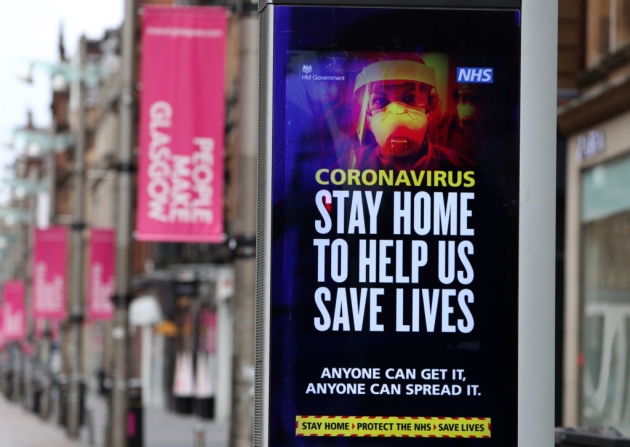
UK OOH Research Shows Dramatic Drops In Population Movement Amid Pandemic
April 21, 2020 by Dave Haynes
The Out Of Home media specialist Talon has been tracking the impact of the pandemic on population movement across the UK, and is using its proprietary data management platform, called Ada.
Three weeks into a nationwide lockdown, the impact appears to have hit a plateau.
Key UK Out of Home Insights from Ada for the period 6th – 12th April:
• Roadside traffic is the least affected travel option and as of mid-April, traffic numbers plateaued with a week on week change of just -2%, taking the overall decline in traffic to -54% below the baseline;
• Similarly, public transport usage has plateaued. Decline in London Underground usage began early in the pandemic at the start of March but as of the week commencing 6th April, week on week usage declined by just 1% taking the overall drop in usage to -84% below the baseline for this period;
• Rail usage followed a similar pattern albeit two weeks later with numbers dropping sharply in the last week of March. Again, for the week commencing 6th April Rail usage saw a Week on Week decline of just -1%, but is down by -79% overall for the period;
• It is not just transit locations that have been affected. Other environments and key points of interest (POI) categories have experienced dramatic declines in visits, but behaviour has now levelled out and most POI’s have witnessed an average WoW footfall decrease of just -1%;
• Supermarkets are outperforming other POI’s, with the lowest decrease in footfall since the lockdown was enforced. POI’s associated with group gatherings such as Malls, Theatres and Pubs now have 85% less visits than the baseline average.
Ada receives billions of anonymized location data points each week and transforms raw data into insights about people’s movements and behaviours. Unlike other data sets, Ada delivers OOH media specific insight, which can be mapped against OOH advertising inventory.
Ada has data partnerships with X-mode and Tamoco so location data spans all networks and devices to provide a fair cross section of the UK population. Whilst Google uses data directly from Google Maps and other mobile services, their data will necessarily be skewed to Android users.
Likewise, Apple’s data methodology is also limited to Apple devices and the data generated through requests to Apple Maps. But with less than half of the UK population owning an Apple device and a substantial number of iPhones users opting to use other mapping apps, their data is even less representative of the UK population.



Leave a comment